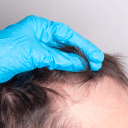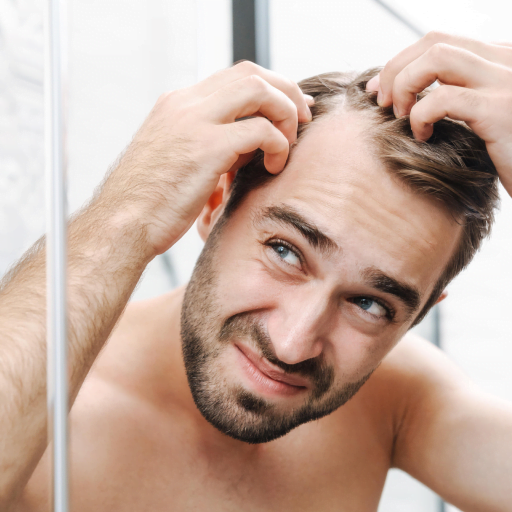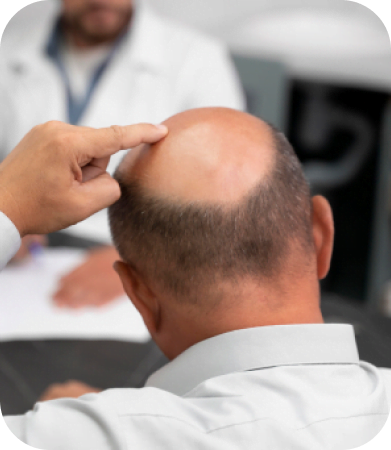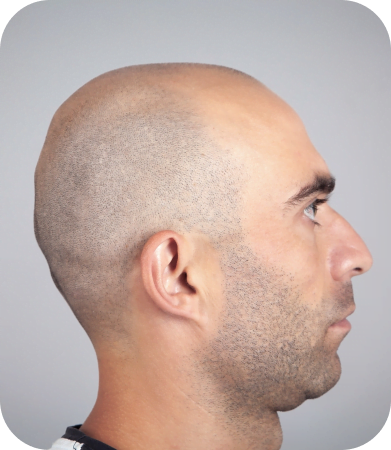Minoxidil (Rogaine) for Hair Loss
Conveniently located to serve the areas of Fort Worth, Dallas, Arlington, Euless, Bedford, Hurst, Denton, and North Texas.
Most people experiencing hair loss issues get a quick fix by merely using a simple over-the-counter (OTC) solution called minoxidil. You’ll probably recognize it by its popular brand name, Rogaine.
As it became more popular, more people began to use it, and most doctors prescribe it. On the other hand, do you know where it came from? Like many other drugs, it was intended for other purposes before it became popular for its current use.
In the early 1950s, the Upjohn Company developed Minoxidil with the hopes of treating ulcers. After several tests were done, they discovered that Minoxidil was not effectively treating or curing ulcers. Instead, clinical trials proved it was a vasodilator that opens blood vessels and permits blood to flow more freely.
Then in the late 1970s, the FDA authorized this compound to be distributed as Loniten in the form of oral pills. Since then, Loniten has become the preferred treatment for patients suffering from high blood pressure.
Through various tests and research, it was discovered that Loniten had a rare side effect, which is additional hair growth. This time, however, it was happening in strange places: on their cheeks, back of the hands, and the forehead.
It was then that a new patent of the drug was granted, which eventually led the FDA to approve the drug to be sold via prescription as Rogaine in 1988. It was primarily used as a topical solution for hair loss in men. In 1991, a formula of minoxidil was produced for women. And, in 1996 Rogaine received approval to be sold as an over-the-counter (OTC) drug. Today, Rogaine is widely known and is well accepted as an OTC drug to treat hair loss problems.
Now, you might be asking, is Rogaine as effective as Propecia? If so, what differentiates it? Let our experts help you find out more about minoxidil, how it works, the approved dosage, and its known side effects.



